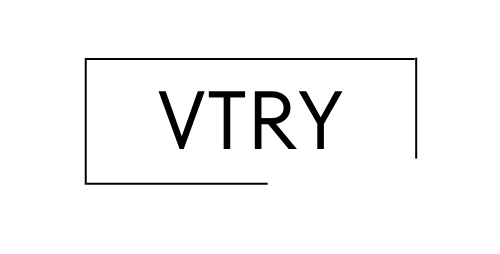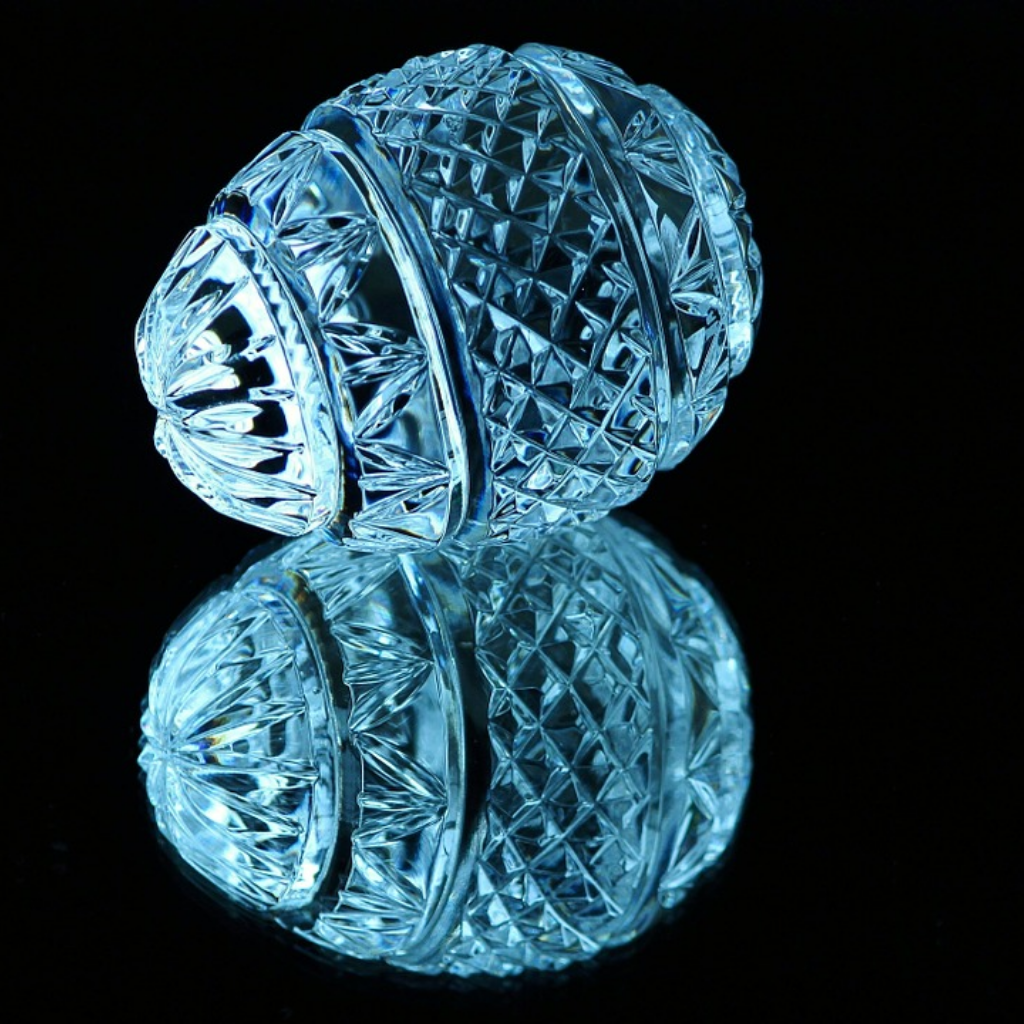The mix between Crystal and Faberge
Imagine that it’s Easter day, and you’re getting ready to go on an Easter egg hunt. Except the eggs are made of precious gems, gold, and silver, and contain a ‘surprise’ worth millions. That probably gives you new motivation to find those elusive eggs (aside from free chocolate and candy!). That’s exactly what a Faberge crystal egg is…an Easter egg worth some cold, hard cash!
Background about Faberge
The Faberge crystal egg is an egg not only rich in value but also rich in history. These decorative eggs were the creative idea of Peter Carl Faberge, a renowned jewelry designer. He was commissioned by the imperial court of Russia in 1885-1917 and created these intricate works of art for various members of the royal court. When he was appointed by Alexander III to create a gift for his wife Empress Maria Fyodorovna for Easter, he designed the Hen Egg.
Crystal egg design
This crystal egg stood at about 4 inches tall, and while unassumingly white on the outside, opened up to reveal a yellow yolk inside. In this yolk, was a hen made of gold that rested on a ‘nest’ made to look the part with stippled gold. Inside this hen lay the final surprise – a miniature version of the imperial crown, covered in diamonds and rubies, holding a small egg-shaped ruby pendant. Empress Maria loved this gift, and so a tradition began among the royal family to give these Faberge crystal eggs to each other during Easter.
While Faberge was the creative mastermind behind these crystal eggs, he didn’t actually construct them. He housed a studio in which he would design the eggs, to be later constructed by skilled workmen, namely Mikhail Perkin and Henrik Wigstrom. Faberge designed 50 crystal eggs for the imperial family before his studio and work were both severely impacted by World War I and the Russian Revolution. He fled to Switzerland and later died in 1920. Even so, the Faberge crystal egg remained a well-known and highly coveted work of art throughout the years.
The Faberge crystal eggs are all very intricate and elaborate in design. Faberge used precious gems, such as rubies, diamonds, and emeralds, to further beautify his already complex and multifaceted creations. From start to finish, it took about a year to make an egg. Once the design started, the egg’s conditions were kept a secret until completed. Every egg designed is unique, but a common theme among all the eggs is that they contained surprises inside.
Velocity of the Creation
As Faberge’s crystal eggs gained popularity among the imperial court and even the general population. Faberge’s eggs became more and more extravagant (and expensive!). One of the most popular eggs is known as the Winter Egg. This egg is crafted from a clear crystal. With streams of silver and platinum running on the sides to represent the thawing of ice. The egg splits down the middle. Opening up to reveal a basket of flowers (representing the coming of spring). Made from yellow quartz, gold wire, and green nephrite. The egg was auctioned at a cool $5.5 million USD.
Another of Faberge’s more extravagant crystal eggs was known as the Orange Tree. This egg makes up the treetop, while the trunk adds more height to the piece. It stands at about ten inches and is one of the taller creations by Faberge. The treetop is designed with green nephrite for the leaves. Rubies and diamonds for fruit and flowers, and white enamel and diamonds for the pot holding the tree trunk. As with all of the eggs, this egg has a special surprise. By pressing a specific jeweled fruit on the tree. The top of the tree extends and a hidden bird that sings and moves makes a special appearance. What’s the price for such a creative luxury? Around $15 million USD!
Where to Find a Faberge Crystal Egg
If you’re looking to snag an original Faberge crystal egg for yourself, chances are it’ll be difficult. These artistic treasures aren’t exactly floating around the Internet or in stores for purchase. You can, however, visit a museum and look at one from behind a glass window. Out of the 50 Faberge crystal eggs created, only 42 are counted for. The others are lost to the world. The eggs that are safe and sound can be found in private collections and various art museums. Faberge museums such as Cleveland, Washington. And the museum with the largest collection of Faberge crystal eggs, the actual Faberge Museum in St. Petersburg, Russia.
You can’t be too careful though. Maybe the crystal egg you picked up at the flea market is actually worth millions. That’s exactly what happened to a scrap metal dealer in the Midwest. He purchased a crystal egg from a local junk market for $14,000. Thinking he could melt down the metal and make some quick cash off of it.
The egg was placed on a gold pedestal with lion’s paw feet, and three sapphires embedded in the gold. When he pressed the diamond in the front and center of the egg, a surprise Vacheron Constantine watch was revealed. But, it turns out the total jewels and metal would only be worth around $500. He decided to look into the crystal egg online. He found that the egg he had was actually the Third Imperial Egg that had been lost for many years! While he only paid $14,000 for the egg, the actual cost was estimated to be around $33 million USD. It just goes to show, that one man’s trash can be another man’s treasure!
Summery
An original Faberge crystal egg may be expensive. Its rich history and design are things you can’t put a price tag on. These eggs have surpassed the test of time in the sense of popularity and capturing the public’s interest. An authentic Faberge crystal egg has continued to be coveted by artists, billionaires, and people in general. Because it’s clear that with a Faberge crystal egg, you pay for excellent craftsmanship and impeccable quality. You can, however, get “Faberge” eggs on the market that are copies of the originals. These might be more in your budget, as they hundreds instead of millions!
My name is Sasha, I’m a father of two. Work in the tech industry. For fun I am running a small business in addition to that, sometimes I write and edit content regarding topics that interest me like: entertainment, tech, finance and art.


Leave a Reply
You must be logged in to post a comment.